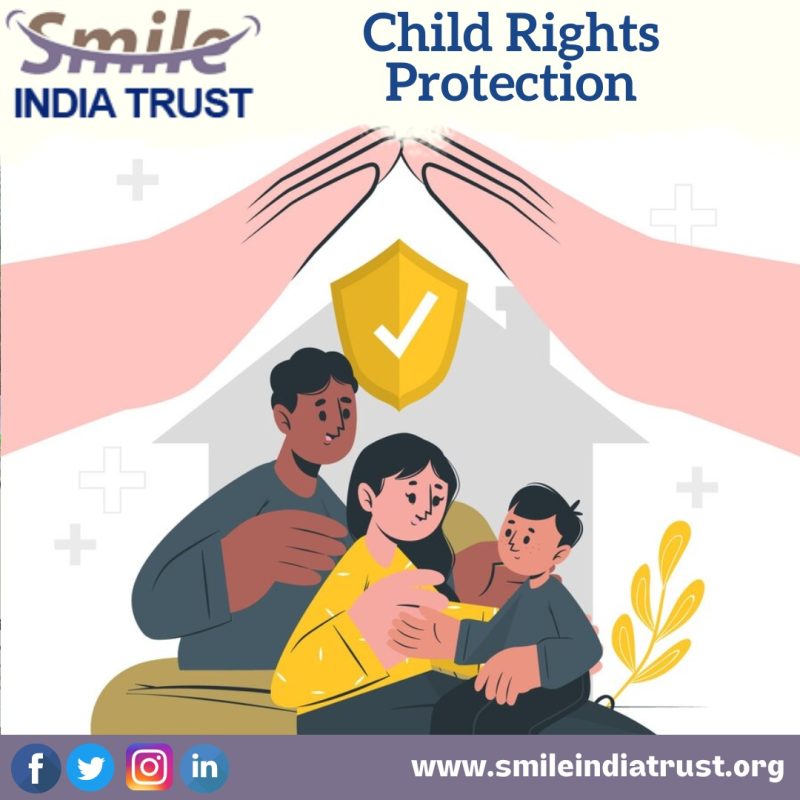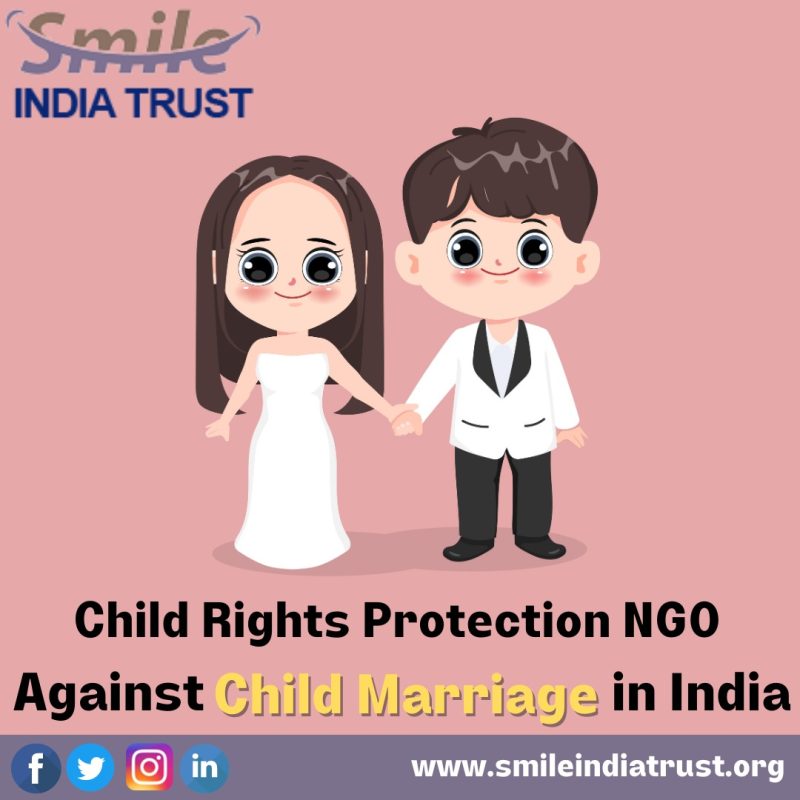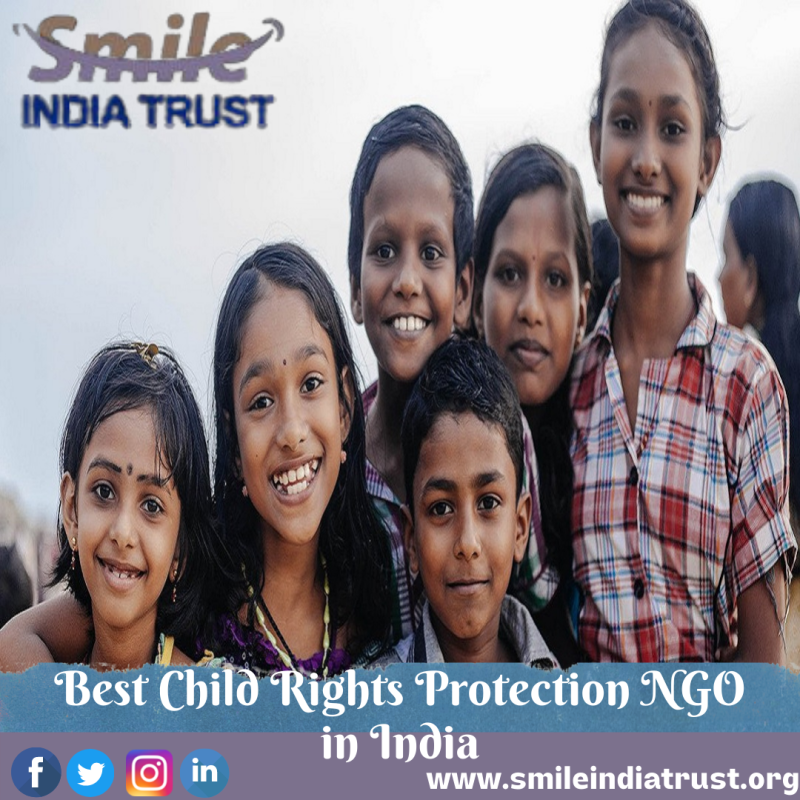Child rights refer to ensuring a safe and secure life for children who are affected by violence and mistreatment in society. These children are not given the space to grow and are exploited for the gain of others. These issues force children to lead lives filled with struggle. Child rights aim to provide children with […]
Tag Archives: Child Rights protection NGO
Child marriage is a societal practice that is still prevalent in some areas of India. A very young girl child under the age of fifteen marries an adult man in these events. The arrangement of the boy and girl’s future united by both sets of parents constitutes another type of child marriage. The boy and […]
Smile India Trust is an NGO working for the welfare and upliftment of children living in slums. We are happy to share that for the last 5 years, our organization helped many children. According to UNICEF, a child is a person under the age of 18. Smile India Trust is the most reliable organization for […]



